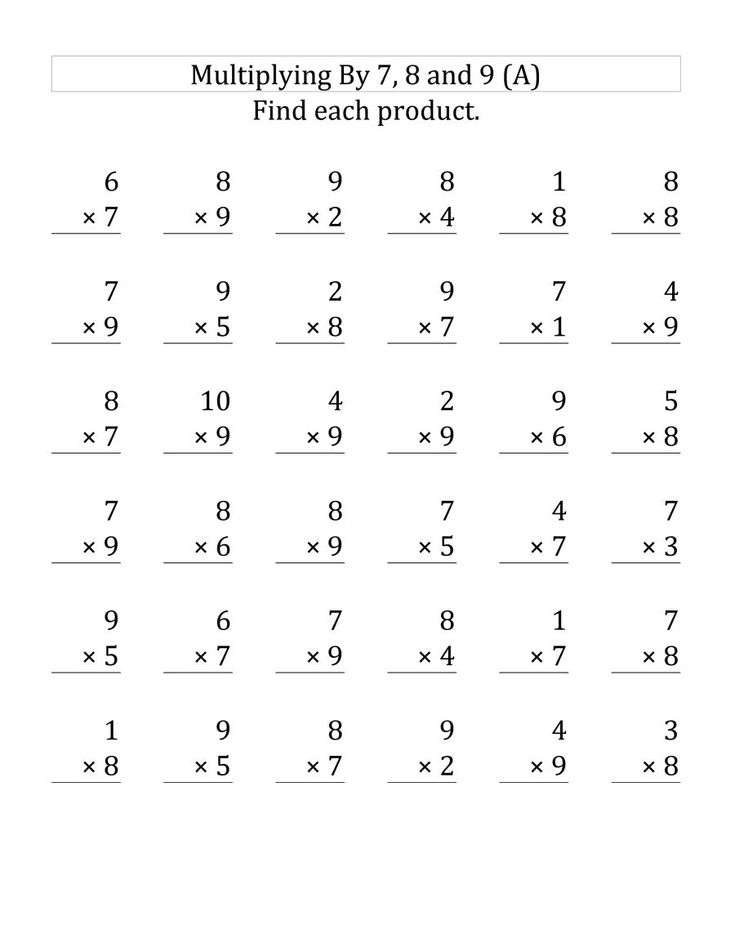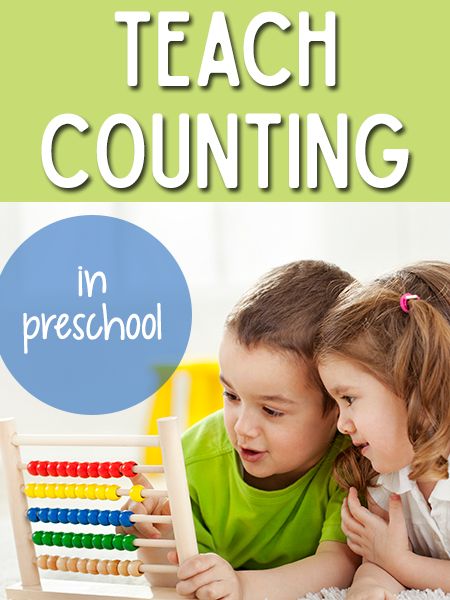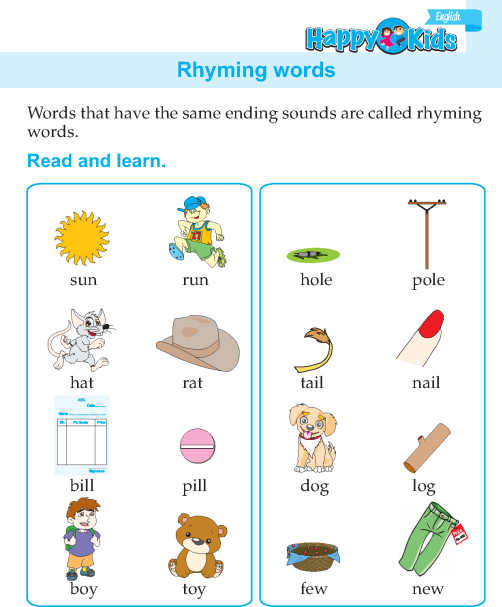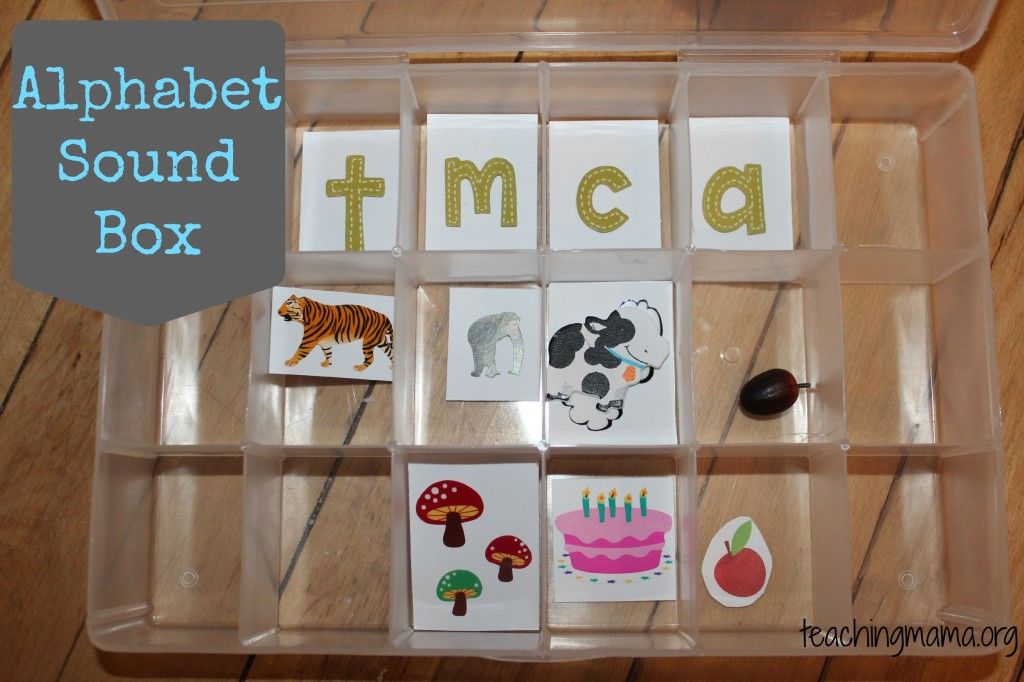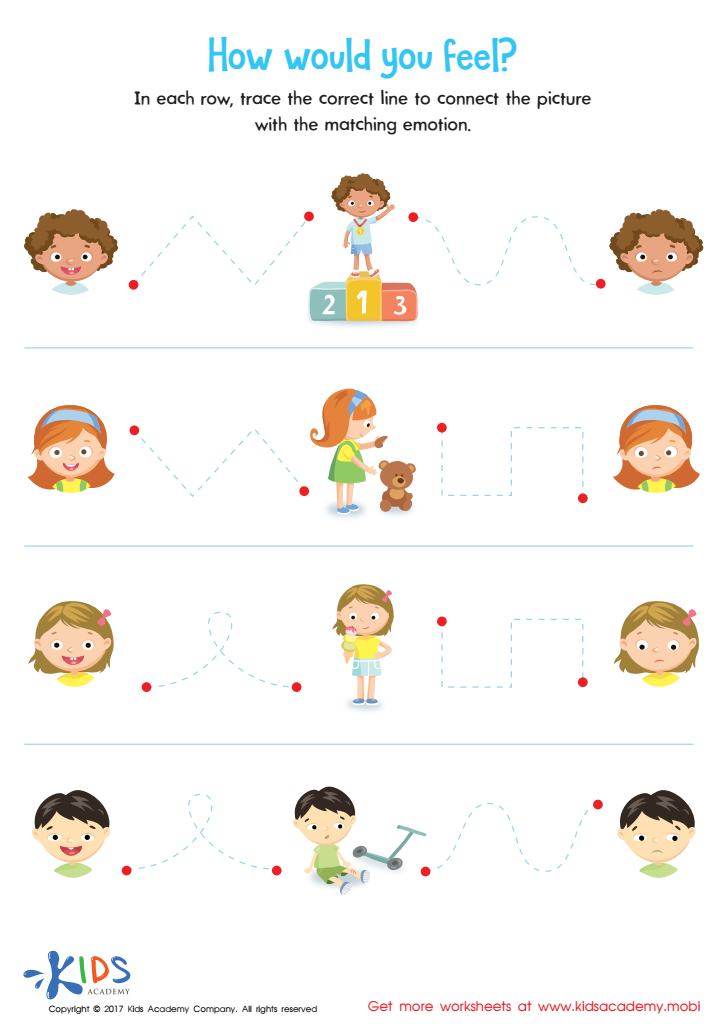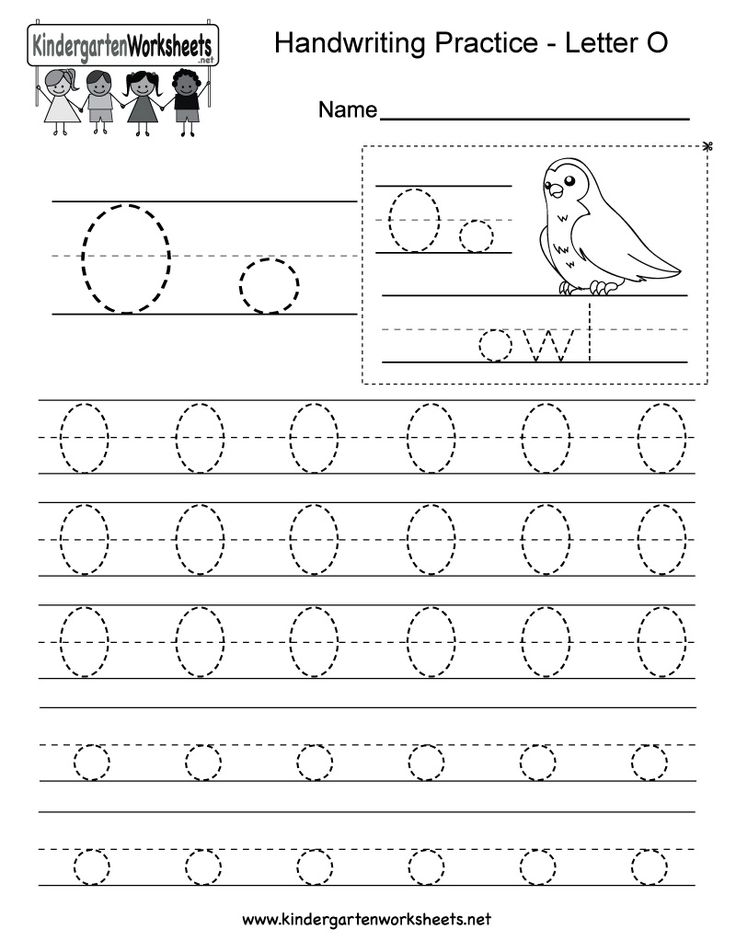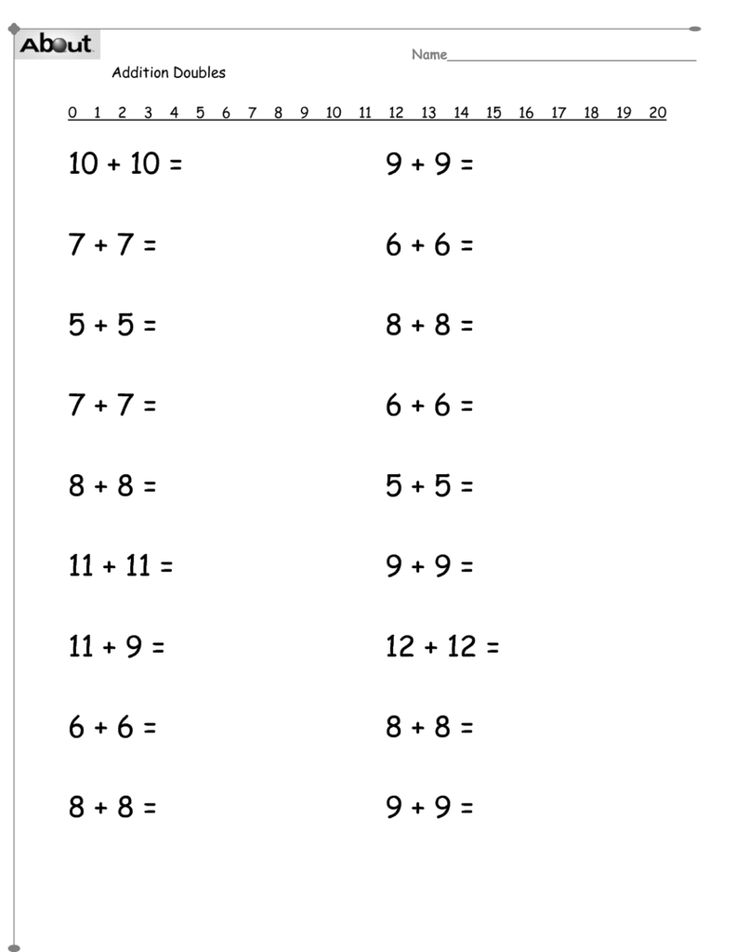Math objectives for preschoolers
Preschool Math Skills and Goals
You are here: Home / Home Preschool / Preschool Math Skills and Goals
By Shaunna Evans Leave a Comment · This content may contain affiliate links.
As we said in the original preschool learning skills section, we’re providing a brief introduction to the overall concepts that are taught in preschool. However, we didn’t feel like a training on getting started with home preschool would be complete without at least an overview of the basic preschool math skills and some low-prep activities to teach them. Please know that this is just an overview. If you have specific questions or need additional information, please head over to the Home Preschool Help Facebook Group and we’ll be glad to help! In this section we’ll provide a brief introduction to preschool math skills and the goals of early math instruction. There’s also a free printable list of preschool math skills and easy activities you can try right away.
Goals of Preschool Math:In preschool math the goal is to help children develop a sense of math around them, to notice and use numbers, and to use math concepts to explore their world. During the preschool years we can help kids:
- use numbers and counting to explore their world
- notice shapes, patterns, and colors
- use math to communicate things about their world (how long something is, how heavy it is, etc)
Home preschool math instruction should not be focused on rote memorization or drilling factual knowledge. Instead math can be incorporated into playful activities like:
- counting how many blocks tall a child’s tower is,
- comparing who has more grapes on their plate at snack time,
- identifying shapes of street signs during car rides,
- and finding patterns on different clothes in a child’s closet.
You can find tons of hands-on math inspiration in the math activities section of our website.
However, we also wanted to make it super easy for you to integrate math activities into your routine, so we’ve outlined the key math areas and some low-prep math activities that you can do to help teach them.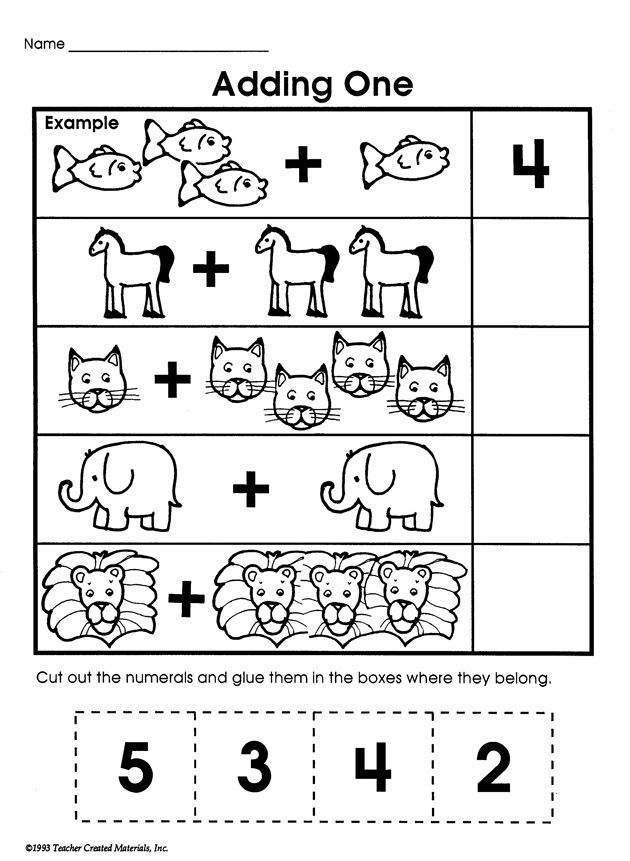
In the free printable below you’ll find a list of math activities that can be done with toys and materials you have at home.
NEXT STEPS
Take a look at the math goals you’ve selected for your child based.
Review the math activities in the free printable Toolbox and select a few to use during your first weeks of home preschool.
Jot down any additional ideas you have for teaching those math skills.
This is Unit 2, Lesson 3 of the Guide to Getting Started with Home Preschool. Return to the main How to Teach Homeschool Preschool page or proceed to Unit 2, Lesson 4: Preschool Science Basics.
Filed Under: Home Preschool, Preschool at Home Tagged With: getting started with home preschool
Reader Interactions
13 Preschool Math Activities And Ideas For Emerging Learners
Young children love counting (even though they may do so in their own unique ways), learning about shapes, and feeling like math “experts.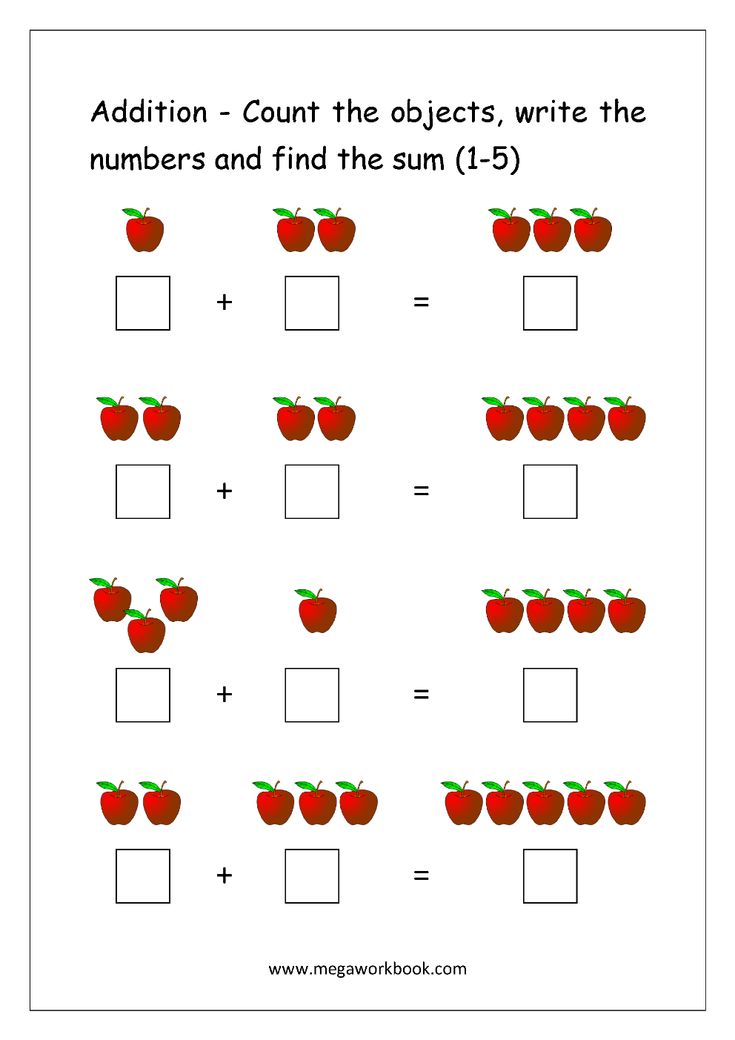 ” Preschool math opens up even more opportunities for them to explore and grow mathematically!
” Preschool math opens up even more opportunities for them to explore and grow mathematically!
Your child will learn so many things both inside and outside of the classroom. Their early exposure to math and reading is essential to their developing brain. And we have 13 amazing math ideas for supporting their learning at home!
Table of Contents
- Preschool Math Goals
- Why Use Preschool Math Activities?
- Games For Preschool Math Practice
Preschool Math Goals
The goal for preschoolers is to learn five essential math skills. Let’s take a look at those skills below!
Numbers And Counting
Your child will focus a lot of their energy on counting numbers between 1 and 10. They’ll learn how to recognize them, read them, and write them.
They’ll also be exposed to the concept of one-to-one correspondence — the idea that you can only count each object in a set one time and, therefore, each number only represents one value.
Addition And Subtraction
Your child will learn the basics of adding two numbers together and subtracting small numbers from a larger group.
Sorting And Patterns
Patterns are not only pleasing, but they also help us understand our world. Your child sees patterns every day without always observing them: tiles on a kitchen floor and designs on fabric, for example.
Preschool is a time to help children to both observe patterns in their world and learn to extend patterns they see or create patterns of their own.
In addition to identifying patterns, preschoolers will also gradually learn how to sort a group of objects based on a given pattern.
Geometry And Spatial Reasoning
Shapes are everywhere! Your child will learn how to consistently and correctly identify them.
They’ll also be exposed to spatial reasoning cues. They’ll understand what people mean when they describe things as big or small, or as far away or nearby.
The Language Of Math
Preschoolers won’t just learn how to walk the walk — they’ll also learn how to talk the talk!
Your child will learn what words to use to describe math activities, like “adding” and “subtracting,” whether there are “more” or “less” of certain objects, and so on.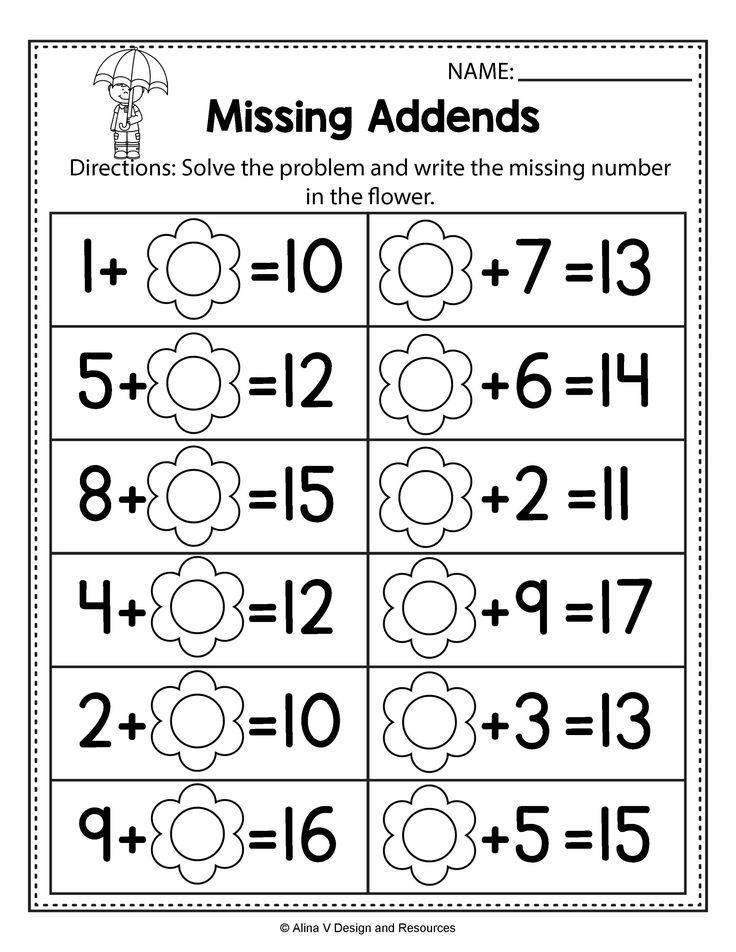
One thing to note here, though, is that sometimes it may be easiest to use terms your child will understand while they’re learning. For instance, if you have four cookies and you “take away” (instead of “subtract”) one, how many are left?
The best way to work on the language of math at home is by talking in math terms! When you’re having an afternoon snack together, you might point out that you have fewer grapes than your child or ask who has the most grapes.
Incorporating these and other math words into your conversations will get their mathematician brains rolling:
- Less
- More
- Least
- Most
- Taller
- Shorter
- Equal to
Preschool is a crucial time for children to build a solid mathematical foundation. With the help of the activities below, your child may soon be confidently adding, subtracting, comparing, and using more of the jargon mentioned above.
But before we dive into these fun activities, let’s understand their importance.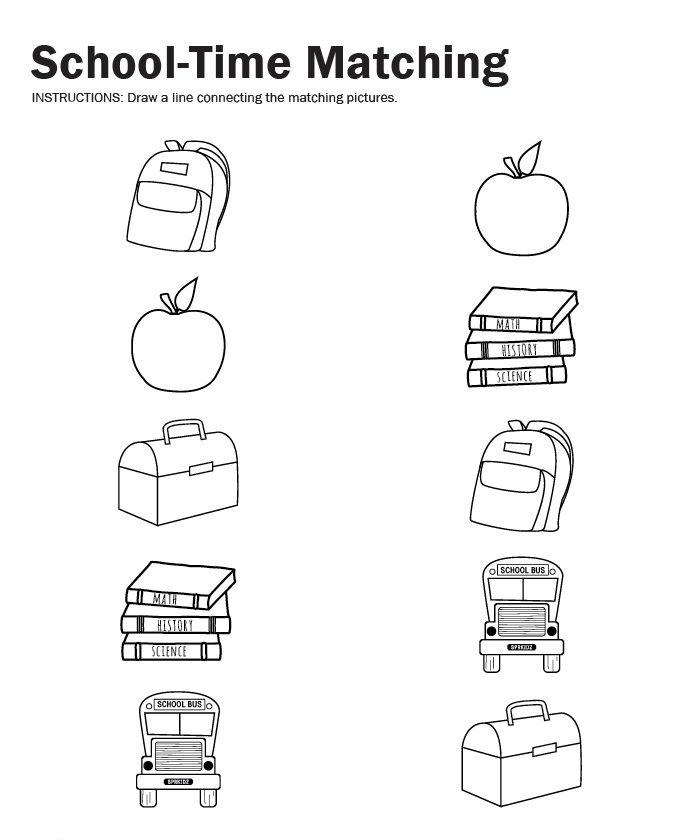
Why Use Preschool Math Activities?
If you spend just a few minutes on our blog page, you’ll come across lots of different activities for children. We have sensory activities, social-emotional activities, reading activities, and math activities, just to name a few.
We’ve intentionally dedicated a significant portion of our blog to helping you find fun learning games that you can try at home with your child.
Why? In a nutshell, activities and games are a great way for children to learn many essential skills while having fun. With math, in particular, we encourage children to participate in play-filled activities for the reasons listed below.
1) You Understand Your Child’s Current Skills
At school, your child’s teacher might use a variety of assessments to understand your child’s math skills. The use of activities is especially beneficial since how a child plays a game can give insight into their understanding of concepts in a relaxed and informal setting.
With math especially, the skills build on top of one another. The complex algebra, calculus, trigonometry, and geometry that children learn as they get older would be impossible to understand without the basics learned in earlier grades.
Understanding your child’s current mathematical knowledge will help you pick up on the areas they need more practice in and those that they can start building on.
2) Math Becomes Less Intimidating
Because of its complex nature, math can seem intimidating to children if they don’t have the right tools and methods to guide them.
While every person is unique and will naturally have their own favorite subjects, the more children engage in math activities from a young age, the more confidence they will build around this subject and everything that comes with it.
By giving your child a strong foundation, you are setting them up for success for years to come!
3) Children Develop Essential Skills
As you will see below, there are a variety of math games that your child can play at home. Some involve multiple participants, while others can be solo-driven. There are also activities that involve creativity, problem-solving, self-regulation, and so much more.
Some involve multiple participants, while others can be solo-driven. There are also activities that involve creativity, problem-solving, self-regulation, and so much more.
All of these skills are essential for developing well-rounded children who are confident and capable of taking on different challenges.
4) Learning New Concepts Becomes Fun
Once your child has mastered a skill, it’s essential to challenge them so they will be engaged with their learning.
For example, if your child has already learned how to count by 1s, instead of reinforcing something you know they are already comfortable with, you can start helping them count by 2s, 5s, and 10s.
At first, your child might resist the idea of counting in a different way. But using fun activities can be very effective in introducing new concepts without making kids feel overwhelmed.
The above points are just a few reasons why math activities for preschoolers are important and should be encouraged at home.
Now, here’s a look at our preschool math games that can help your young learner understand mathematical concepts and build a lifelong love for this subject.
Games For Preschool Math Practice
Numbers And Counting Activities
1) Counting The Rooms
This is an easy and fun activity to do in the comfort of your home! You and your child will walk around and investigate the quantities that make your house unique.
How many sinks do you have? How many couches are there? Do you have lots of posters and paintings all over the house? How many? What about the number of stuffed animals on your child’s bed?
The possibilities are endless!
As you do this, you can carry around a post-it note and marker. After correctly counting the number of a certain object, write down the number and item and stick it on the wall or a piece of paper. That way, in the end, you can compare how many numbers “live” in your home!
2) Exercise Counting
Want to break a little sweat or get some energy out? Why not turn math into your own personal jazzercise session!
For this activity, you don’t need anything except for some open space and maybe some music to get your child excited.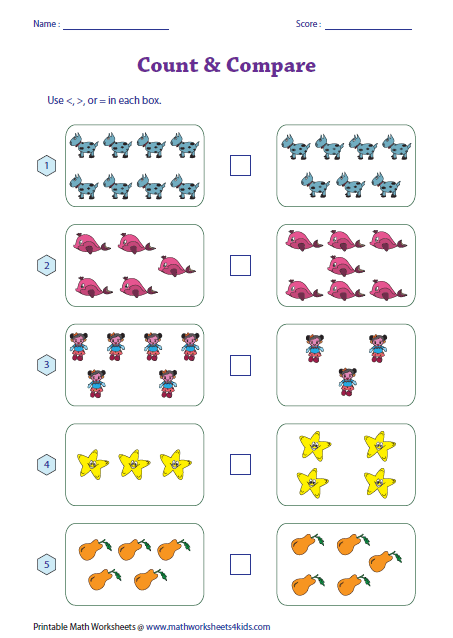
You and your child will take turns picking a “move.” For example, the move could be jumping jacks. You will shout out, “Two jumping jacks!” Then your child will perform the move and count out loud.
So many exercises can be done this way; don’t be afraid to get silly! You can pull on earlobes, wiggle your fingers, karate chop invisible foes — whatever gets your child giggling and excited about numbers!
3) How Many Dots Are In The Jar?
There are many games that use stick-on dots to help children learn math skills.
For this activity in particular, you will need a sheet of paper, glue, one die, a marker, and colorful stick-on dots that you can find from a stationery store. Start by drawing a large mason jar on a sheet of paper.
To play, simply roll the die, count the number it lands on, and put that number of dots “into” the jar. For example, if the die lands on three, your child will glue three dots to the jar.
When the die lands on smaller numbers (i.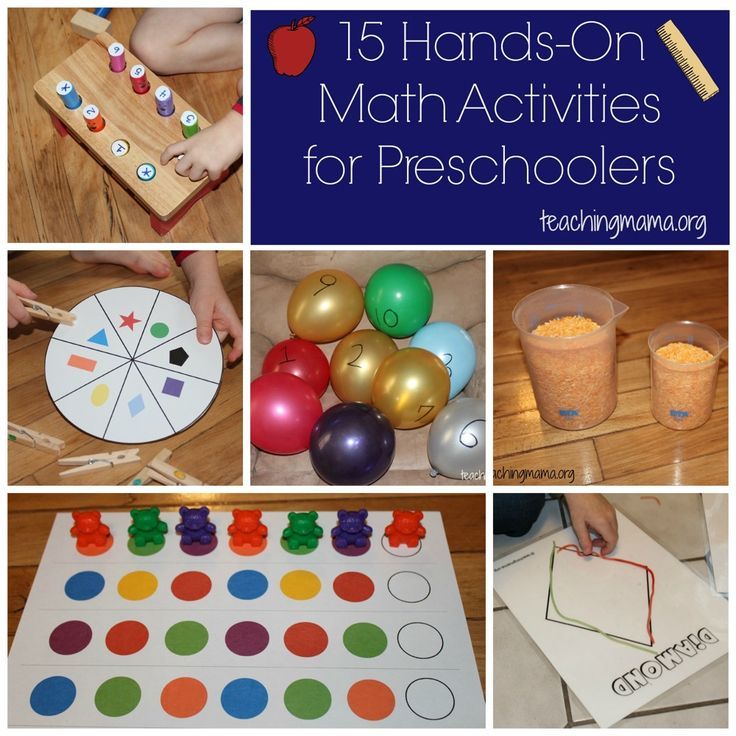 e., one, two, or three), they should find it relatively easy to count out the dots. But for larger numbers (four, five, and six), your child may need a little help. Continue rolling and filling the jar until there’s no space left.
e., one, two, or three), they should find it relatively easy to count out the dots. But for larger numbers (four, five, and six), your child may need a little help. Continue rolling and filling the jar until there’s no space left.
This is a great activity to help your child practice their counting skills. And once they’re finished, they will have a colorful art piece made by them!
4) The Classic War Card Game
All you need is a regular deck of playing cards to play War. Remember to remove the picture cards (Jokers, Jacks, Queens, and Kings) and make it clear that the Aces represent the number one.
Start by equally dividing the cards between however many people are playing. Then, each player will have their cards in a pile, facing down. On the count of three, each player needs to flip one card over so that it’s visible to everyone.
The player with the highest number wins that turn and gets to take the flipped cards from the other players. The first to collect all the playing cards wins the game!
This is a great game to practice number recognition with your preschooler.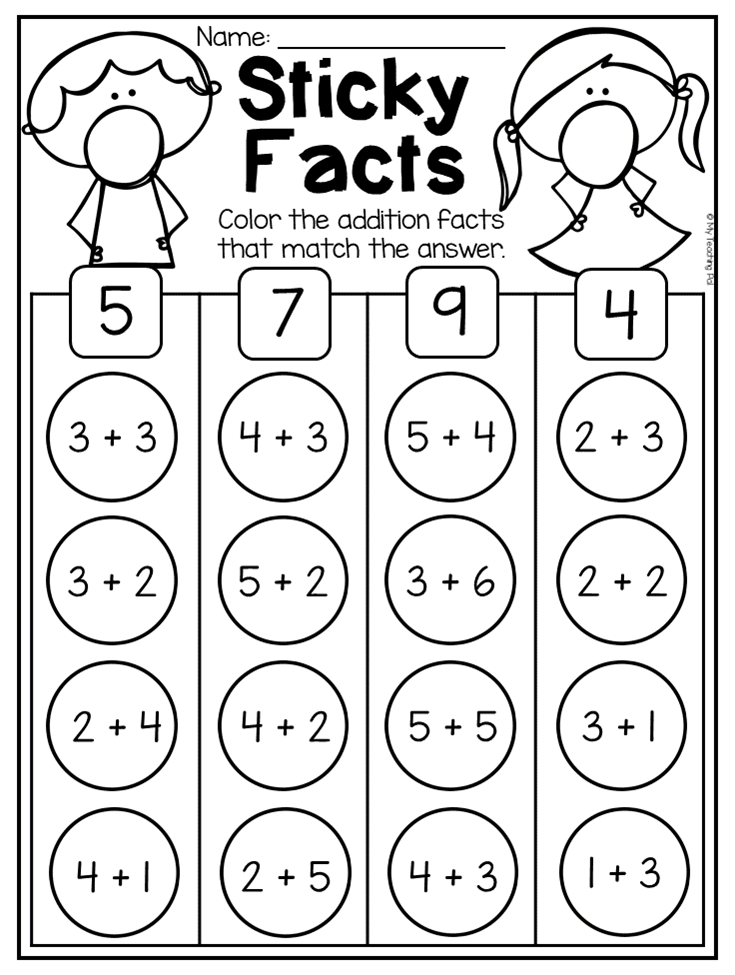
Addition And Subtraction Games
5) How Many Are Hiding?
For this game, you’ll need at least 5 (and up to 10) of the same small item. You could use Lego pieces, paper clips, dried kidney beans, and so on. The items should be small enough to easily hide under your palm or beneath a sheet of paper!
Start out by showing your child the total amount of items you’re playing with. In our example, we will play with 5 toy cars. Count out the total number of cars with your child.
Then, with their eyes closed, hide a portion of the cars under your hand or beneath the sheet of paper. Once they open their eyes, ask them, “How many cars are missing?”
They will count out how many cars are left. Then you can help them figure out how many cars are “missing” and needed to make the total number whole again.
You may need to help them out for the first couple of tries, but they will get the hang of it!
6) Subtraction Bowling
All you need to play Subtraction Bowling is 10 disposable cups, a ball, and a child who’s eager to show off their bowling skills!
Start by setting up 10 paper or plastic cups at the end of a room (bowling pin style).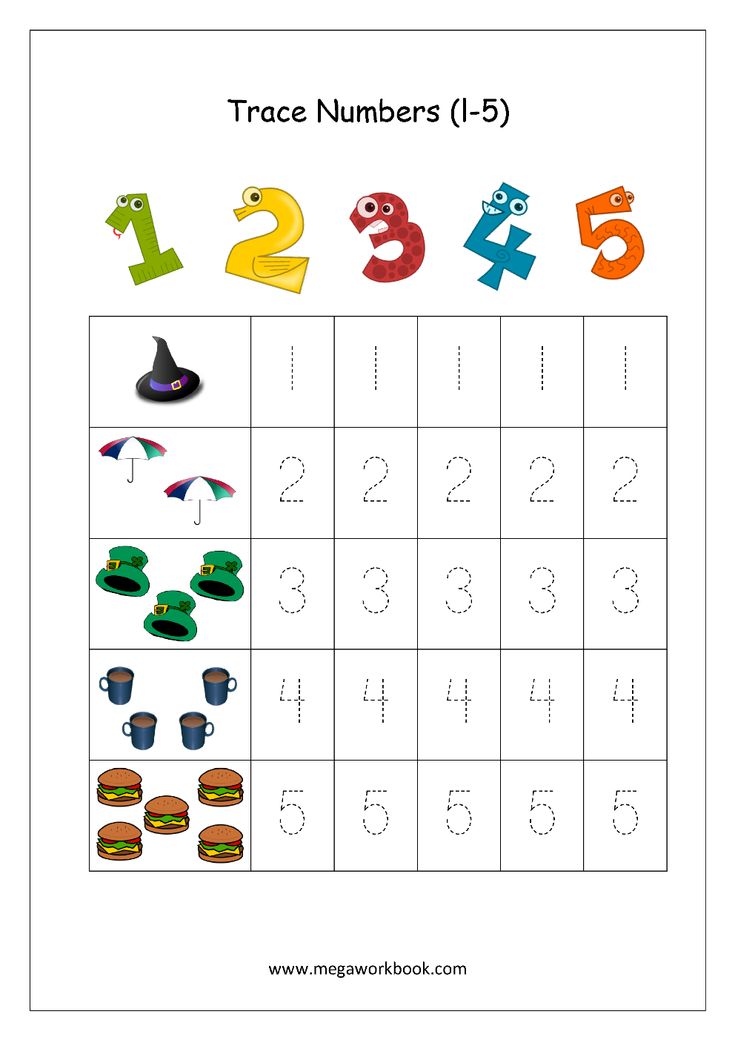 Then, together with your child, count how many cups there are.
Then, together with your child, count how many cups there are.
To play, each player stands a few feet away and then rolls a small ball (e.g., tennis ball) down to knock the cups over. After each turn, count how many cups were knocked down and how many are still standing.
If you have multiple children, this is a great activity to play together. After everyone has had their turn, you can also add a competitive element by keeping track of who knocked down the most cups.
Sorting And Pattern Games
7) Making Patterned Bracelets
For this activity, you’ll need at least 10 colored beads of two different colors, some string, two markers (corresponding with your bead colors), and a pair of scissors. In our example, we will use the colors red and blue.
Draw out 10 even circles on a piece of paper. You and your child will use this to make a “pattern planner” for their beautiful bracelet!
Once they have colored in the circles and decided their pattern, they will have an idea of how to assemble their bracelet. They may have chosen a constant pattern, like alternating between red and blue, or a more challenging pattern, like having two blues followed by one red.
They may have chosen a constant pattern, like alternating between red and blue, or a more challenging pattern, like having two blues followed by one red.
As long as they follow the pattern planner, they should get the idea!
8) Match The Pattern
For this activity, you can either draw a pattern on a piece of paper or get a bit more physical with it. Whichever you think sounds more fun for your child!
In our example, we will use clapping and jumping. Start by telling your child the pattern you created. For example, our pattern is clap, clap, jump!
Repeat the pattern with your child a couple of times. Then, once they have the hang of it, say, “Whoops! I forgot the pattern. I know it’s clap, clap, but what comes next?”
Your child will giggle and probably respond with something like, “Jump, silly!” Then you’ll jump together, completing the pattern.
This activity is great because your child will likely want to take a turn creating their own pattern for you two to follow. Allow their imagination to grow, as well as their pattern-making skills!
Allow their imagination to grow, as well as their pattern-making skills!
9) Rainbow Pattern
Like the previous activity, Rainbow Pattern encourages children to study a specific pattern and follow it. To play, you’ll need a packet of colorful popsicle sticks and a few sheets of paper.
Start by creating a simple pattern on one sheet by placing the popsicle sticks on the paper in a certain order (blue, red, blue, red, etc.). Then, encourage your child to recreate this pattern on their own sheet.
You can switch things up on a different sheet of paper by changing the pattern (e.g., two blue, two red, etc.). And as your child gets more confident, encourage them to create their own pattern!
Like the other activities on our list, this is a great game to help your child build focus and concentration. We also like this activity because it encourages hands-on learning.
Sometimes hands-on learning is called experiential learning or project-based learning. But all these names mean the same thing: learning through doing.
Experiential learning benefits children in many different ways. Some of the most notable benefits are:
- Children get to interact with the learning material and improve their skills
- Children get to strengthen their fine motor skills
- It helps children understand abstract concepts
- It encourages children to get creative
Geometry And Spatial Reasoning Activities
10) Shape Mobile
To get started with this activity, bend a wire hanger into a V shape. Then cut out circles, triangles, rectangles, ovals, and squares from colorful construction paper or let your child color the shapes on white paper.
Finally, punch a hole in each shape and use colorful ribbon to hang the shapes from the hanger. Now your child has a fun decorative piece to help them remember different shapes!
11) Shape Castles
For this activity, you’ll need to cut out a variety of shapes from different colored pieces of construction paper. Then, together, you will glue the shapes onto a blank sheet of paper to create a towering castle!
You can help your child out by providing reference pictures.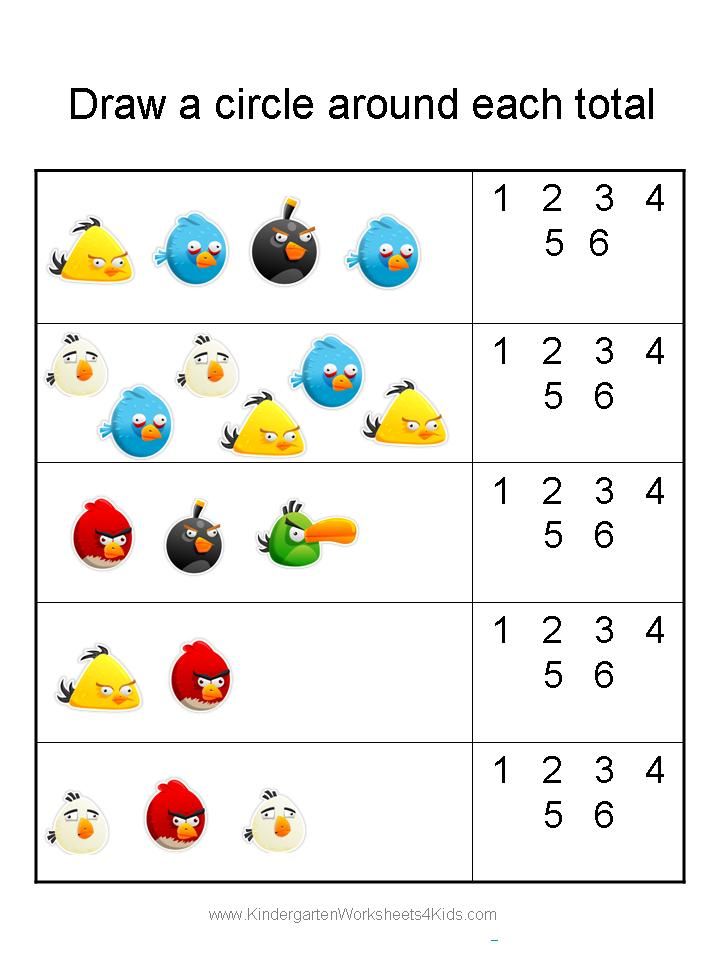 Or, if you prefer a mess-free version, your child can try out the Castle Creator activity on our Learn & Grow App!
Or, if you prefer a mess-free version, your child can try out the Castle Creator activity on our Learn & Grow App!
12) Playdough Geometry
There are lots of fun books that you can read to your child about triangles, squares, and circles. But a great way to help your young learner truly grasp the concept of shapes is by encouraging them to build them.
For this activity, all you need are laminated sheets of paper, a marker, and playdough.
Start by drawing different shapes on your laminated paper. Ideally, you’ll want to create one shape per sheet of paper. Then, encourage your child to fill the shapes in with their playdough.
Note: You can help your child create their own personal shape blocks from this activity. All your child needs to do is coat the playdough shapes with layers of white glue and then let them dry.
While it may sound simple, this is a great, beginner-friendly activity. Your child will get the opportunity to feel, mold, squish, and manipulate the playdough as they please.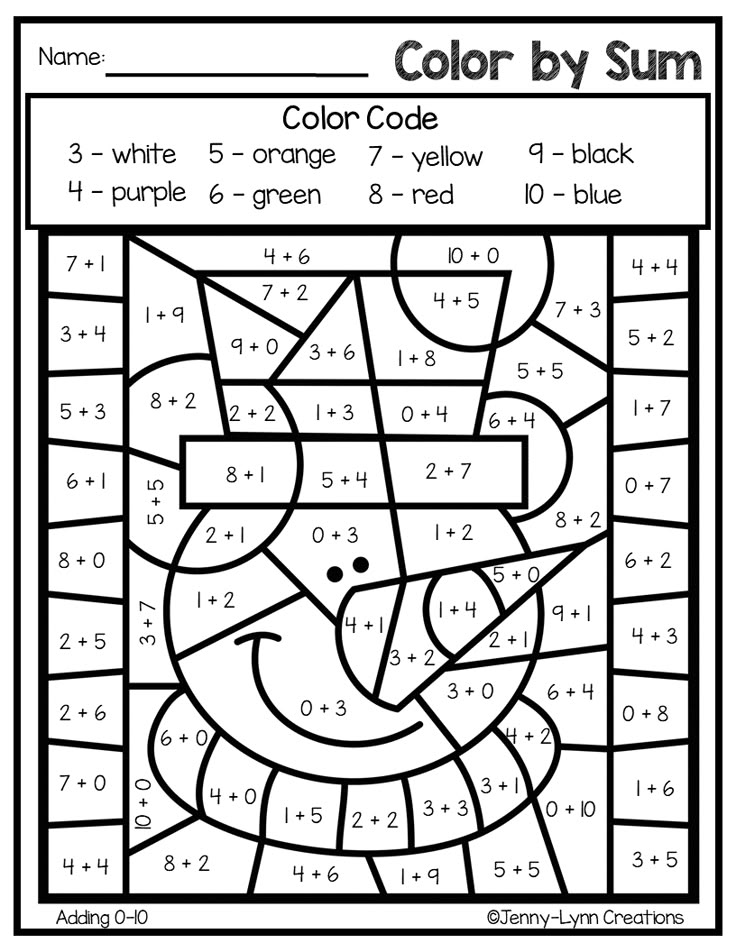 It’s an excellent way for them to learn shapes and work on their fine motor skills as well!
It’s an excellent way for them to learn shapes and work on their fine motor skills as well!
Math Language Activities
As we mentioned earlier, we believe the best way to help your child learn the language of math is by using it in your everyday life. But throwing in a fun game every once in a while couldn’t hurt!
Here’s an easy one you can try.
13) Ball Bounce
All you will need is a bouncy ball for this game. In terms of size, avoid balls that are too small. Instead, aim for medium-sized balls because they are much easier to catch.
To start playing, simply call out a number, and your child will need to bounce and catch the ball that many times. For example, if you say the number “5,” your child will need to bounce and catch the ball five times.
For the next round, tell your child to bounce one more time, one less time, an equal amount of times, or any number of times greater or smaller than the number five.
Once they’ve had their turn, your child can hand the ball over to you and instruct you on how many times to bounce the ball.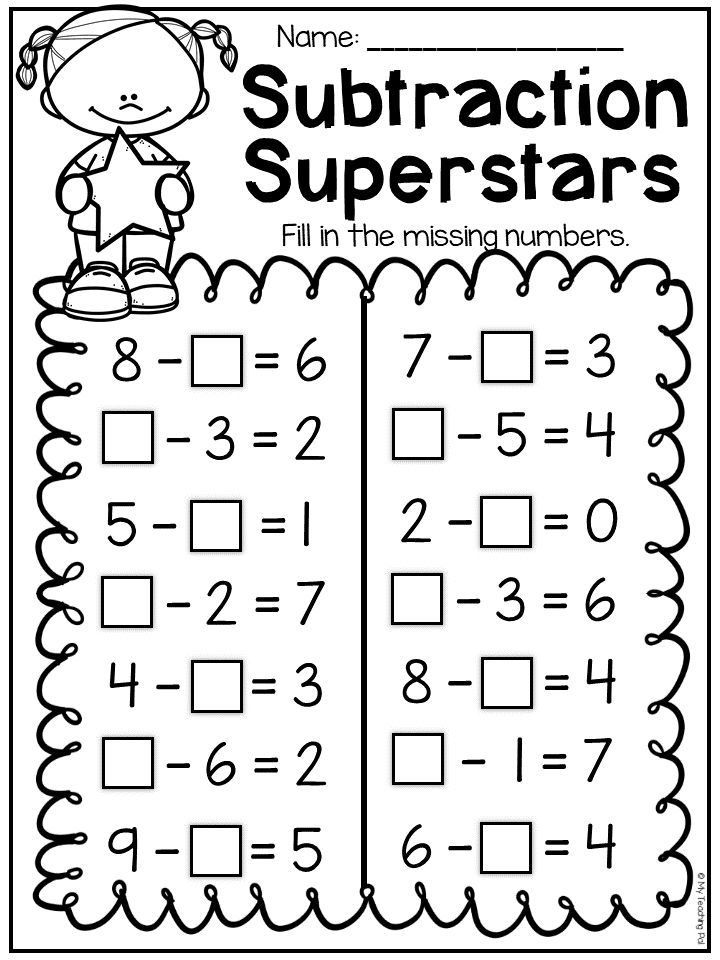
This activity doesn’t just test your child’s bouncing and catching abilities. It’s also a great way to familiarize them with match language (i.e., greater than, smaller than, equal to, etc.) in a fun and engaging way.
Preschool Math Activities Can Be Fun And Effective
We hope these activities help you and your child in their journey to learn about numbers and counting, adding and subtracting, shapes, patterns, and speaking like a little mathematician!
All of these skills take time and practice to develop. We know by trying out a couple of these activities during the week, your child will develop a love of and confidence in math on their learning journey!
And don’t forget, for those afternoons when you want to change up your routine or let your child play independently, our Learn & Grow app is always available to support your child’s learning with personalized preschool math games (and more!).
Author
Mathematical tasks for children 6-7 years old for addition and subtraction
There are a lot of interesting games, exercises, examples, coloring pages and tasks to develop the child's mathematical abilities.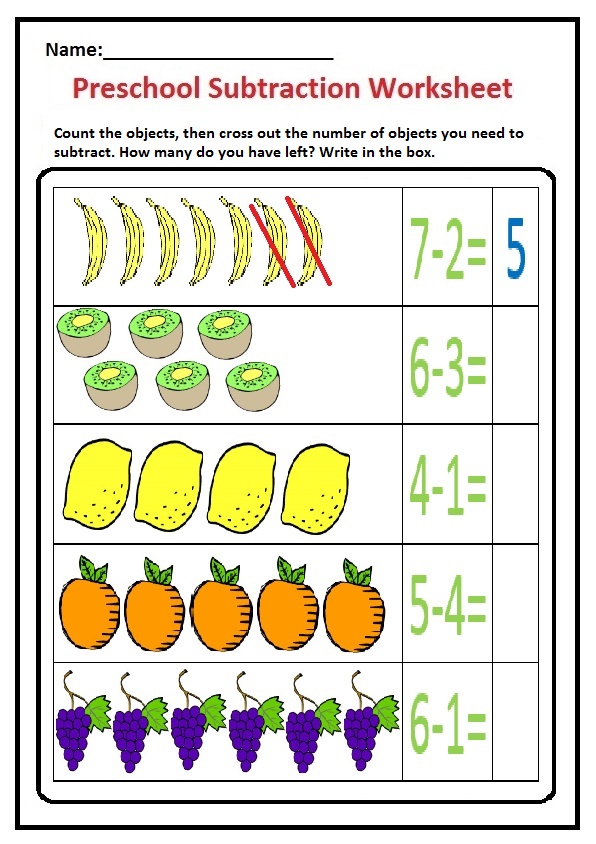 They help the child develop and count better.
They help the child develop and count better.
We offer you interesting tasks in mathematics for preschoolers 6-7 years old for addition and subtraction with pictures, as well as tasks that develop logic and thinking with answers.
First problem
Olya had 2 balls and Katya had 3 dolls. How many toys did the girls have?
Any picture will enlarge if you click on it:
Tasks for preschoolers in mathematics
Second task
Two birds were sitting on a tree, another bird flew to them. How many birds are on the tree?
Problems for preschoolers in mathematics 6-7 years old
Third problem
Three girls took 1 balloon in each hand. How many balls do they have?
Problems for preschoolers in mathematics
The fourth problem
There were 4 mushrooms in the basket, one mushroom turned out to be inedible and was thrown away. How many mushrooms are left?
Math problems for preschoolers
Fifth problem
4 trees grew near the house, 2 trees were cut down. How many trees are left?
How many trees are left?
Subtraction problems for preschoolers
Sixth problem
Mom bought 3 oranges and 4 bananas. How many fruits did mom buy in total?
Problems for preschoolers in mathematics 6-7 years old
Seventh problem
The cat had 5 kittens, three kittens were given away. How many kittens are left?
Problems for preschoolers in mathematics
Eighth problem
There were 3 cucumbers, 5 apricots and 2 tomatoes on the table. How many fruits were on the table?
Math problems for preschoolers
Ninth problem
Katya had 3 balloons, she was given two more balloons. How many balls did Katya have?
Problems for preschoolers in mathematics for addition
Tenth problem
Lena had 3 apples, Sasha brought two more. How many apples did the children have?
Math problems for preschoolers
Eleventh problem
There were 2 sweets, 1 cake and 3 pears on the plate.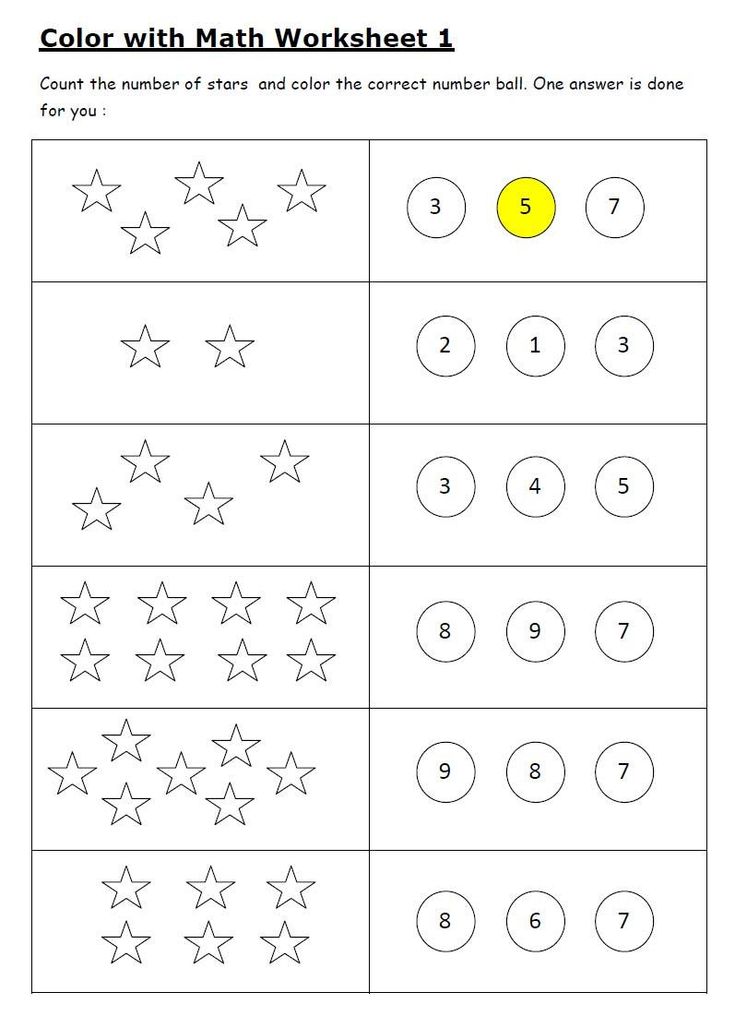 How many fruits were on the plate?
How many fruits were on the plate?
Problems for preschoolers in mathematics
The twelfth problem
There were 12 balls in the store, 6 balls were bought. How many balls are left?
Math tasks for preschoolers
The thirteenth problem
There were 6 oranges, 2 apricots and 5 apples on the table. How many fruits were on the table?
Problems for preschoolers in mathematics
Fourteenth problem
The first class made 6 flags, and the second class made 9 flags. How many flags did the children make in total?
Math problems for preschoolers
Fifteenth problem
There were 15 vases in the shop window, 6 vases were bought and one was broken. How many vases are left?
Problems for preschoolers in mathematics
Logical problems in mathematics for preschoolers
The sixteenth problem
How many seeds are in an empty glass?
The seventeenth problem
There were 1 orange, 2 cucumbers and 4 chocolates on the table.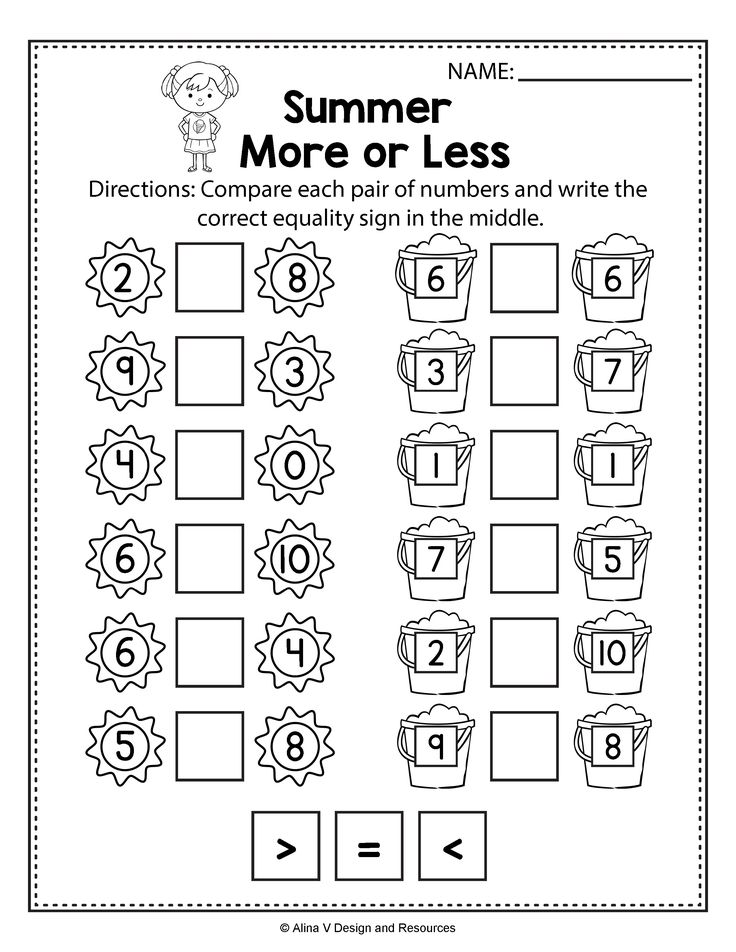 How many fruits were on the table?
How many fruits were on the table?
Eighteenth problem
Which bird hatches from an egg but does not lay eggs? (Answer: Rooster.)
Nineteenth problem
There were 6 apples in the plate. One of them was cut in half and placed on a plate. How many apples are in the plate? (Answer: 6 apples.)
Twentieth problem
Boil one egg for 5 minutes. How many minutes does it take to boil 5 eggs? (Answer: 5 minutes.)
Problem 21
A duck standing on one leg weighs 2 kilograms. How much does a duck weigh on two legs? (Answer: 2 kg.)
Math assignments for preschoolers - interesting mathematics for preschoolers
Four reasons to love math from an early age
Development of logical thinking
Mathematics teaches you to analyze data, establish relationships and find the best solution. These skills will help you cope with more than one life task.
Achieving success in any profession
The ability to operate with numbers is necessary not only for economists.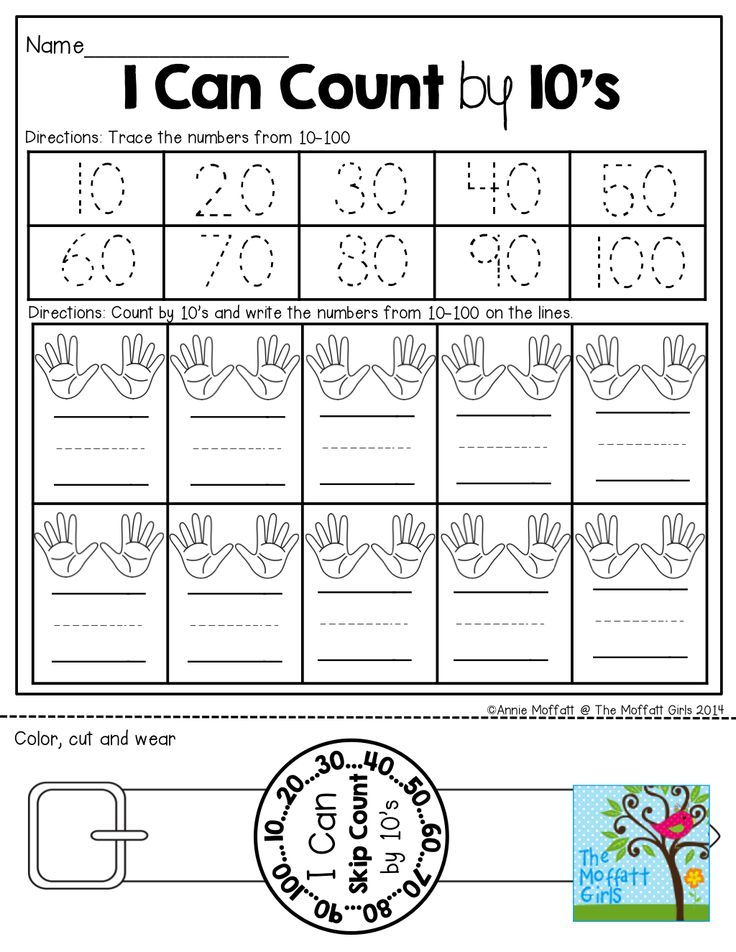 Mathematics is necessary even in such creative professions as an architect and a photographer.
Mathematics is necessary even in such creative professions as an architect and a photographer.
Increasing authority in your environment
At school, a child who understands mathematics will be respected by his peers, and outside of school he will not allow himself to be deceived, for example, at the checkout in a store.
Development of communication skills
It is not obvious, but it is a fact: those who are doing well with mathematics are more harmonious, logical and consistent in expressing their thoughts. This means that it is more pleasant to communicate with them.
What should be mathematics for preschoolers?
Served as games with a story
No boring examples - just captivating stories and games.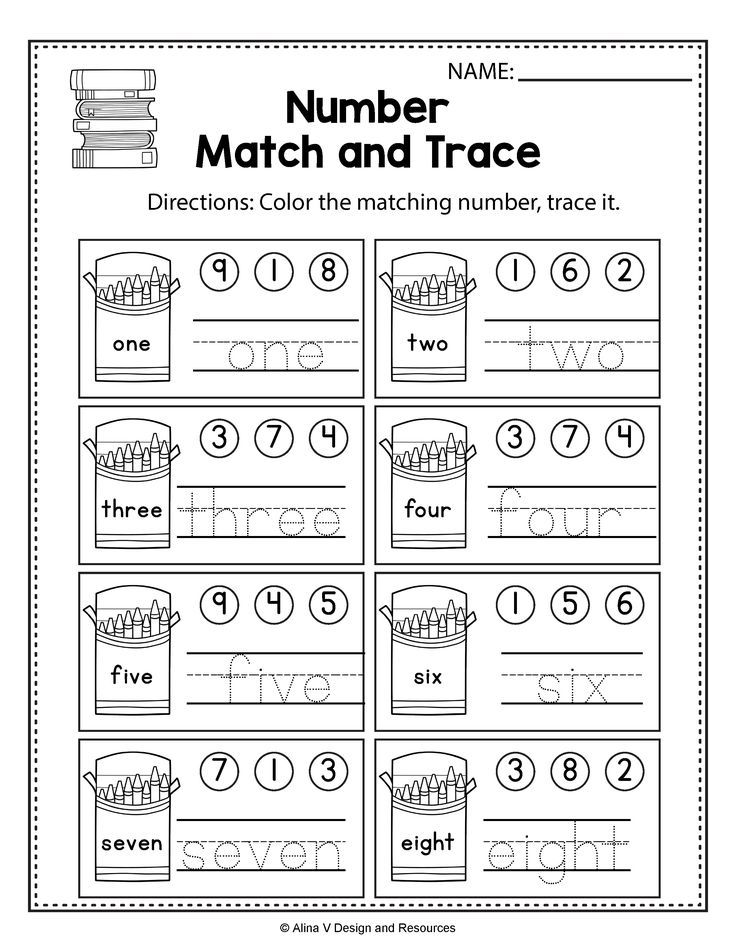 With an interesting idea, good voice acting and beautiful pictures. The child will not even notice that he is solving logical and mathematical problems.
With an interesting idea, good voice acting and beautiful pictures. The child will not even notice that he is solving logical and mathematical problems.
Keeps the interest of the child
Tasks in mathematics are developed with the participation of child psychologists and take into account the peculiarities of the perception of preschoolers. The child will love mathematics and will definitely not get bored until the very end of the course.
Visually attractive
It is easier for preschoolers to deal not with something abstract, but with what can be seen. On the course, instead of numbers that must be kept in mind, the child is offered tasks with colorful illustrations.
What math problems for preschoolers does Umnasia offer?
Classification tasks
Finding Patterns
Math problems for logic
Truth and Lie Problems
Magic squares
Math puzzles
Transfusion tasks
Weighing problems
Tasks solved from the end
Tasks for speed
Brute force problems
Geometric problems
Get Started
Examples of tasks in mathematics for children 6-7 years old
Problem 1
Hedgehogs are harvesting in the autumn garden.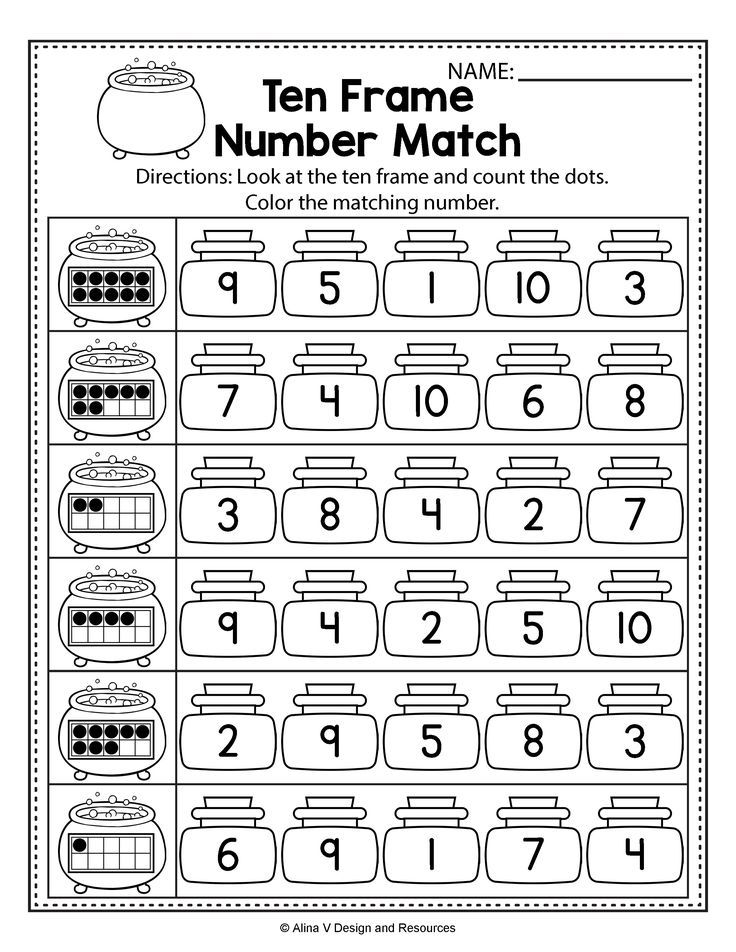 Look at the picture.
Look at the picture.
Will all hedgehogs have enough yellow apples? Choose the most appropriate answer among the options.
Solve the problem
Task 2
A tree grows by 1 centimeter in a month. Today is November 1st.
How many centimeters will the tree grow by June 1st?
Solve the problem
Problem 3
Maya, Anya and Masha collect candy wrappers. At recess, the girls showed each other their treasures. When the bell rang for the lesson, Maya had 18 candy wrappers in her album, Anya had 24, and Masha had 42.
Kind Masha decided to share her candy wrappers with her friends and make sure that each of the girls had equal amount of candy wrappers.
How many candy wrappers should Masha give Anya and Maya so that the number of candy wrappers for all her friends is equal?
Solve the problem
Solve math problems for preschoolers
Get to know the format of the Mathematical Thinking course.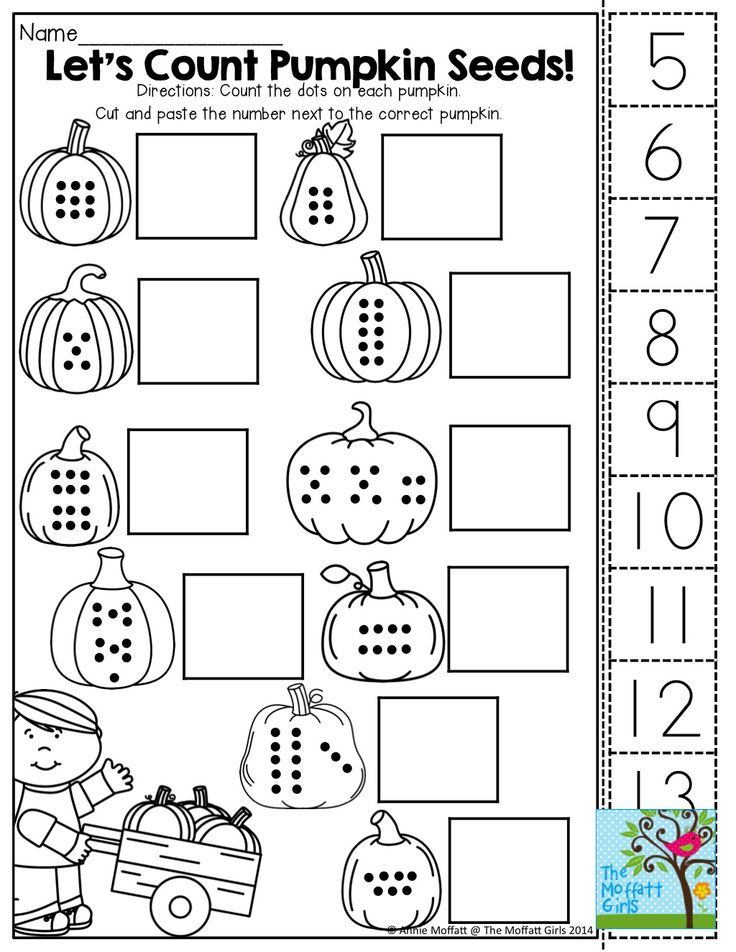 Complete the story game and solve three math problems!
Complete the story game and solve three math problems!
Solve problems
In Umnasia, children develop logical thinking by solving exciting story-driven math puzzles
Sophisticated program
Mathematical thinking courses are developed on the basis of many sources, the expertise of methodologists and teachers, divided into 10 topics with theory and game tasks with explanation
Fascinating tasks
The child solves plot game problems in mathematics to study new topics and consolidate what has been passed in each course. No boredom! None of the tasks are repeated!
Diplomas and awards
At the end of each course, the child solves a test or passes a game, receiving a certificate if successful.

